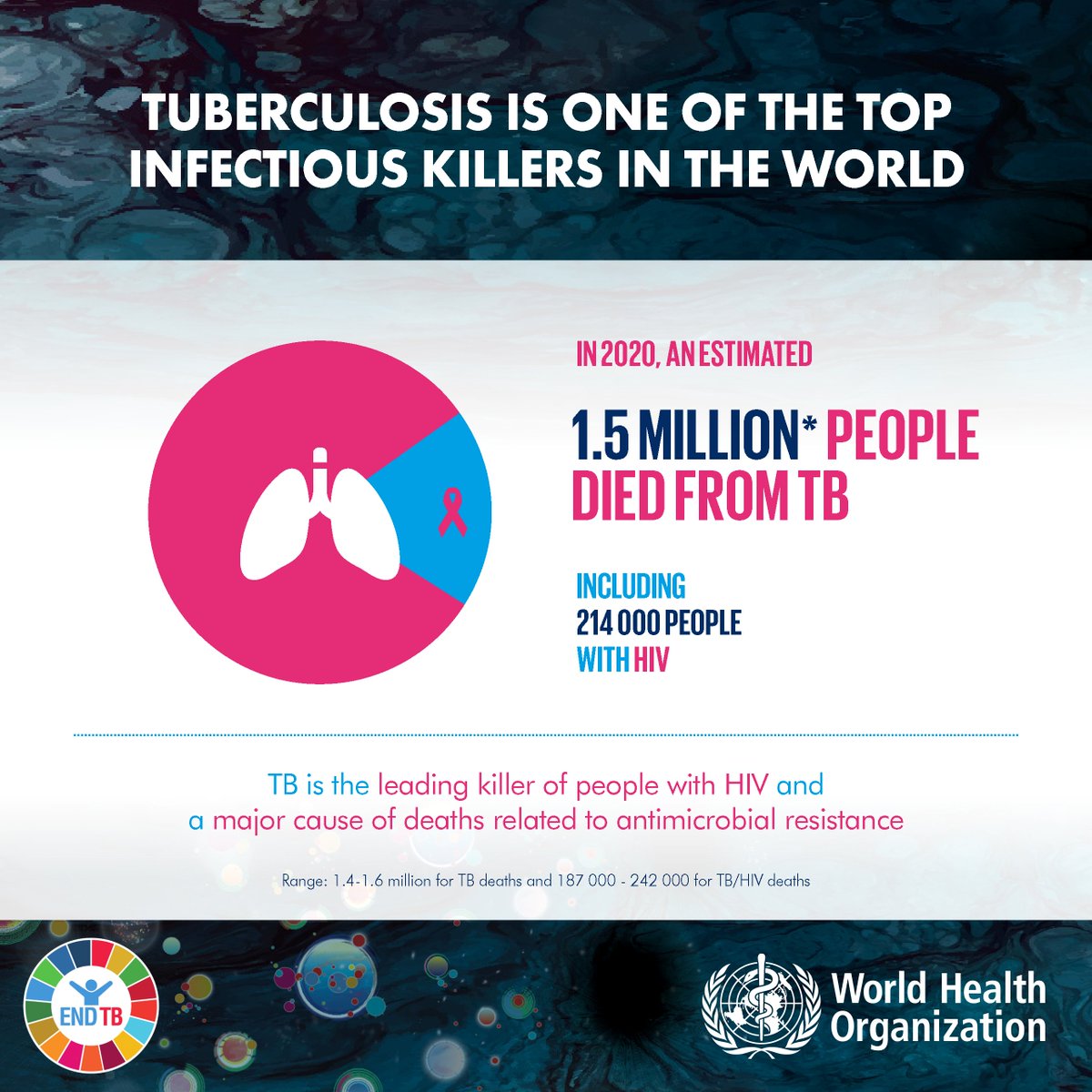
Today is #WorldSightDay👁️
More than 2 billion people have a vision impairment or blindness and at least 1 billion of those could have been prevented or has yet to be addressed.
Take care of your eyes. Get regular eye checks!
👉bit.ly/2EovhLo
More than 2 billion people have a vision impairment or blindness and at least 1 billion of those could have been prevented or has yet to be addressed.
Take care of your eyes. Get regular eye checks!
👉bit.ly/2EovhLo
It's #WorldSightDay
The leading causes of reduced eyesight are
👁️Refractive errors
👁️Cataract
👁️Age-related macular degeneration
👁️Glaucoma
👁️Diabetic retinopathy
👁️Corneal opacity
Have you had your eyes checked?
👉bit.ly/2EovhLo
The leading causes of reduced eyesight are
👁️Refractive errors
👁️Cataract
👁️Age-related macular degeneration
👁️Glaucoma
👁️Diabetic retinopathy
👁️Corneal opacity
Have you had your eyes checked?
👉bit.ly/2EovhLo

It's #WorldSightDay
While most people with vision impairment are over the age of 50, vision loss can affect people of all ages.
Take care of your eyes. Get regular eye checks!
👉bit.ly/2EovhLo
While most people with vision impairment are over the age of 50, vision loss can affect people of all ages.
Take care of your eyes. Get regular eye checks!
👉bit.ly/2EovhLo
People living in low- & middle-income regions are 4⃣ times more likely to have distance vision impairment.
Women, older people & persons with disabilities are also at increased risk.
See what can be done to prevent this:
👉bit.ly/2EovhLo
#WorldSightDay
Women, older people & persons with disabilities are also at increased risk.
See what can be done to prevent this:
👉bit.ly/2EovhLo
#WorldSightDay

It's #WorldSightDay
Too much time spent indoors & intensive near vision activity lead to more people suffering from nearsightedness or myopia. Taking regular breaks & spending more time outdoors can reduce this risk.
Get regular 👀 eye checks!
👉bit.ly/3kB7MOr
Too much time spent indoors & intensive near vision activity lead to more people suffering from nearsightedness or myopia. Taking regular breaks & spending more time outdoors can reduce this risk.
Get regular 👀 eye checks!
👉bit.ly/3kB7MOr

It's #WorldSightDay
WHO ‘World Report on Vision’ provides
☑ evidence
☑ effective strategies
☑ recommendations
to help countries boost their efforts to reduce the burden of eye conditions & vision impairment.
Download the report:
👉bit.ly/3kB7MOr
WHO ‘World Report on Vision’ provides
☑ evidence
☑ effective strategies
☑ recommendations
to help countries boost their efforts to reduce the burden of eye conditions & vision impairment.
Download the report:
👉bit.ly/3kB7MOr

• • •
Missing some Tweet in this thread? You can try to
force a refresh










